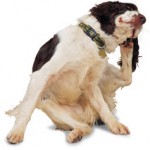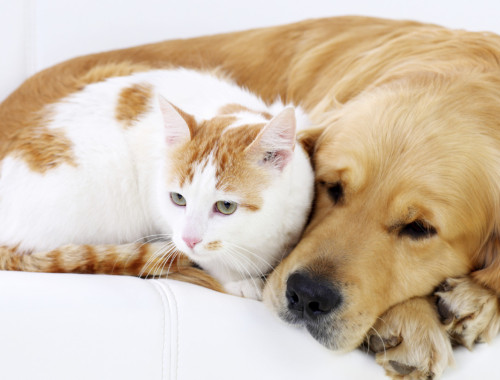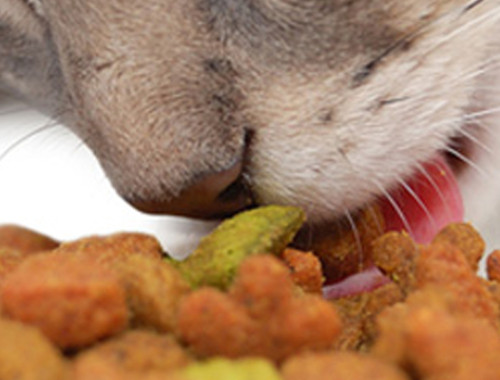Itchy skin, red, irritated hot spots and dirty, sometimes goopey (I may have made that word up) ears. These are all symptoms most often associated with pet allergies. This may not be the case though. What many mistake for seasonal or food allergies is often actually a yeast infection.
What is Yeast?
Seasonal and food allergies are not the only thing that can cause your dog’s skin irritations. Yeast may be the actual culprit. Yeast is a form of fungus that is naturally occurring on your dog’s skin and in their gut. It loves warm, moist environments such as paw pads, ears.
At normal levels, it coexists with the gut’s healthy bacteria as part of a balanced immune system. However, if your pet’s immune system becomes suppressed for one of many reasons, this yeast can begin to overpopulate and take over the gut entirely. Striving for balance, the dog’s body will attempt to get rid of the yeast. This is when symptoms become noticeable. Symptoms of a yeast overgrowth can be very similar to those of allergies, which is why it is so commonly misdiagnosed.
It took us years and a couple vets before we realized that our dog didn’t have chronic ear infections, but instead had a chronic yeast problem that was causing his ears and his paws to become extremely irritated and tender. He was visibly uncomfortable and upset and, for a while, we couldn’t seem to provide him any relief until we treated the yeast.
Is It an Allergy or Is It Yeast?
 There are a few tell-tale signs that your pet is suffering from a yeast infection and not an allergy. Here’s what to look out for:
There are a few tell-tale signs that your pet is suffering from a yeast infection and not an allergy. Here’s what to look out for:
Licking/Chewing at Feet
Notice if your dog seems to lick at or chew his feet. Often times, you will notice a reddish-brown coloring of the fur between the toes, which is caused by the yeast, not from the actual licking itself.
Scratching Ears/Head Shaking
For one of my dogs, this is his tell-tale sign that he is having a yeast flare up. His ears will get warm to the touch, look dirty inside and he will scratch at them often and ever so gently. He will also nudge his ear into you wanting it to be rubbed for relief.
(It’s worth noting that ear scratching can also be a sign or ear mites, so be sure to have your vet check for both yeast and mites.)
Symptoms Come in Cycles
This can be tricky. Often, people will associate the coming and going of their dogs symptoms with seasonal allergies. Actually, yeast can tend to flare in the spring and summer months and subside in the fall.
Greasy/Smelly Hair
My little guy gets this right around his ears, but greasy looking, smelly fur can be anywhere on your dog.
The Take-Away:
Know The Signs
Yeast infections are rather common in dogs. It is important to know the difference between an allergy and a yeast infection so you can treat the issue appropriately. The sooner you treat the yeast overgrowth, the easier it is to overcome and the faster your dog will experience relief from those nagging, uncomfortable symptoms.
Prevention
By maintaining a healthy gut and immune system, you can drastically decrease the chances of a yeast infection in your pet. Limited antibiotics, a healthy, low sugar diet and probiotics when needed are a few easy steps to greatly increase your dogs chances to maintain a healthy and happy balance of bacteria in their gut and avoid any yeast overgrowth.





No Comments